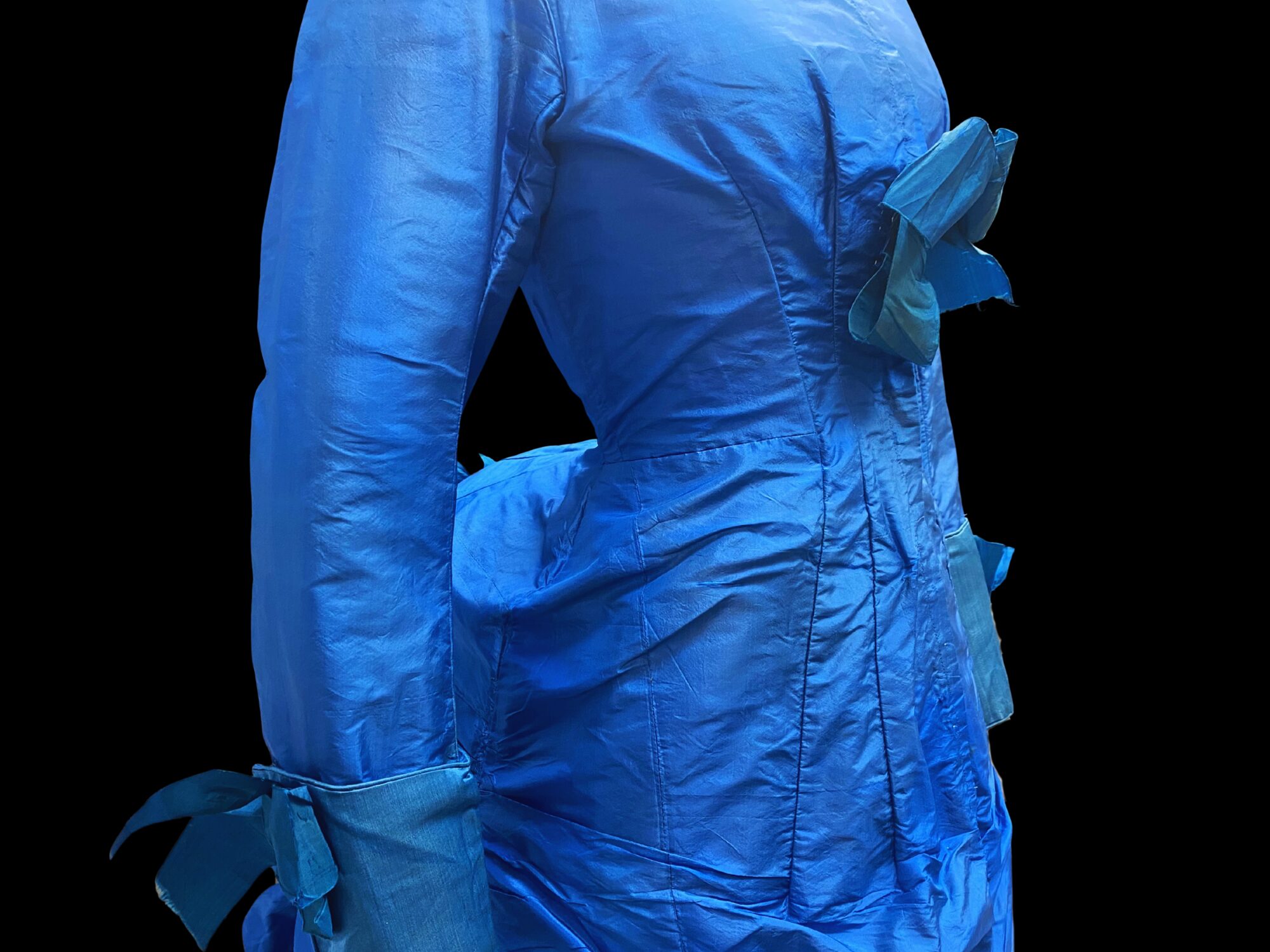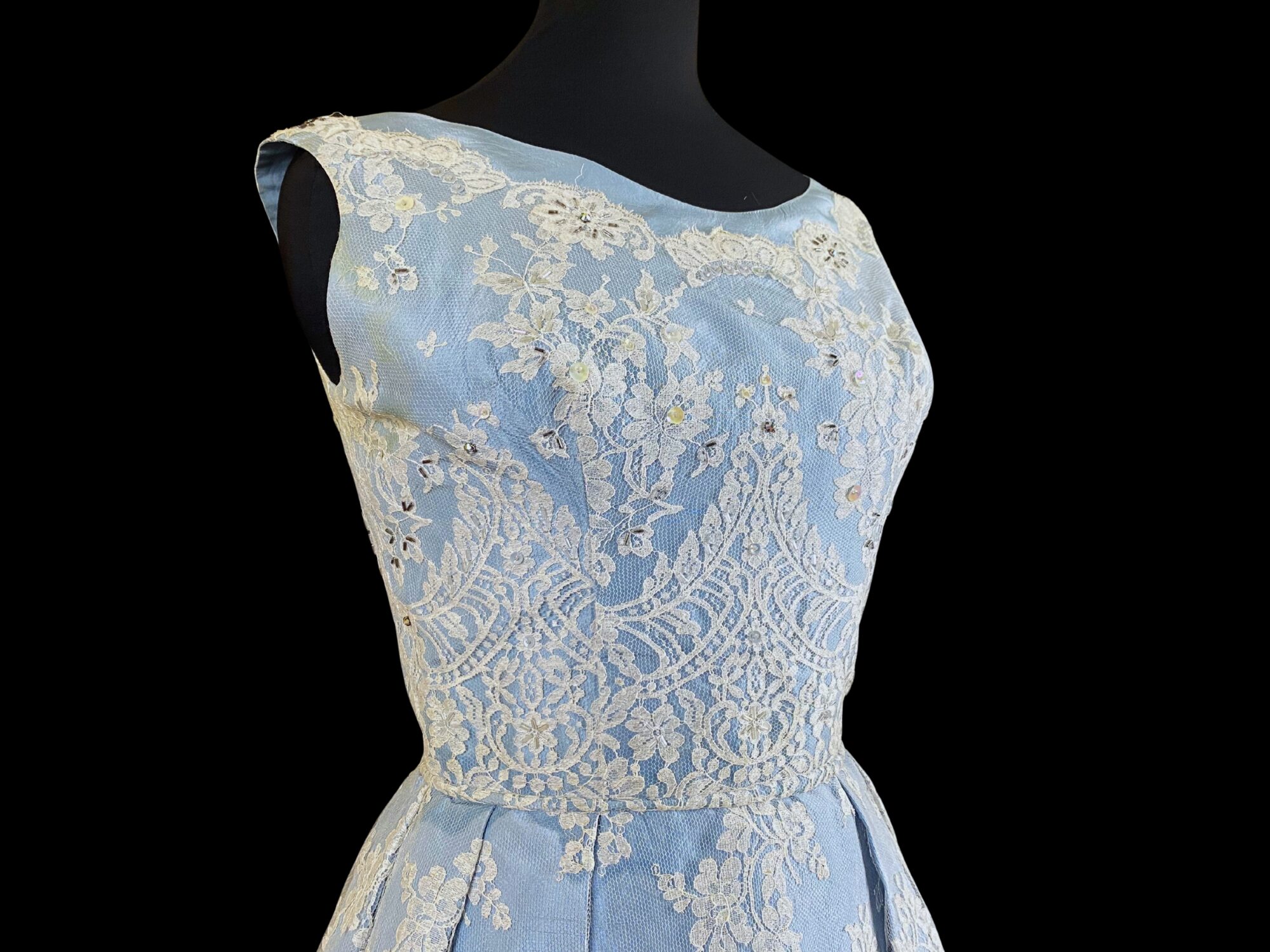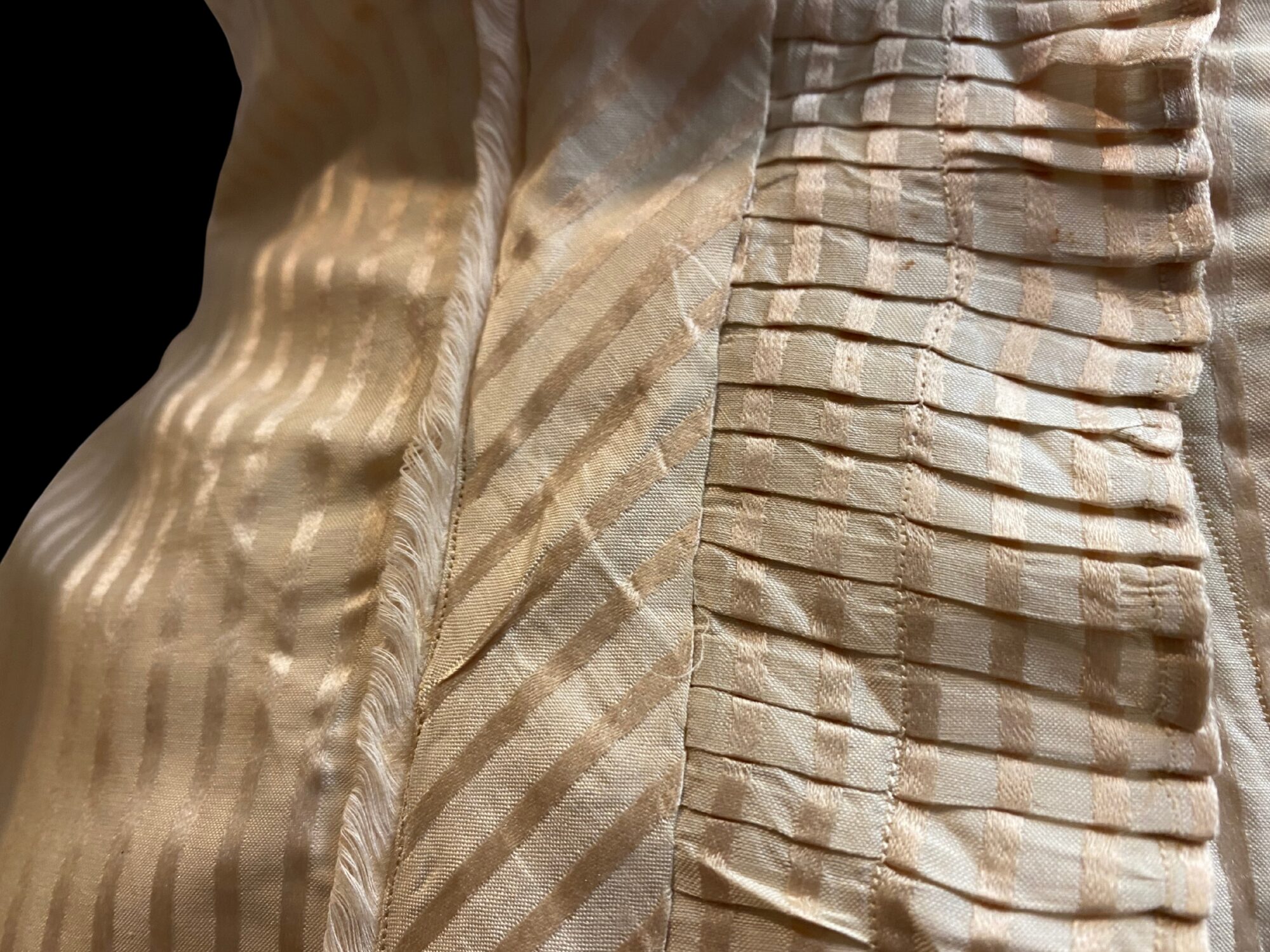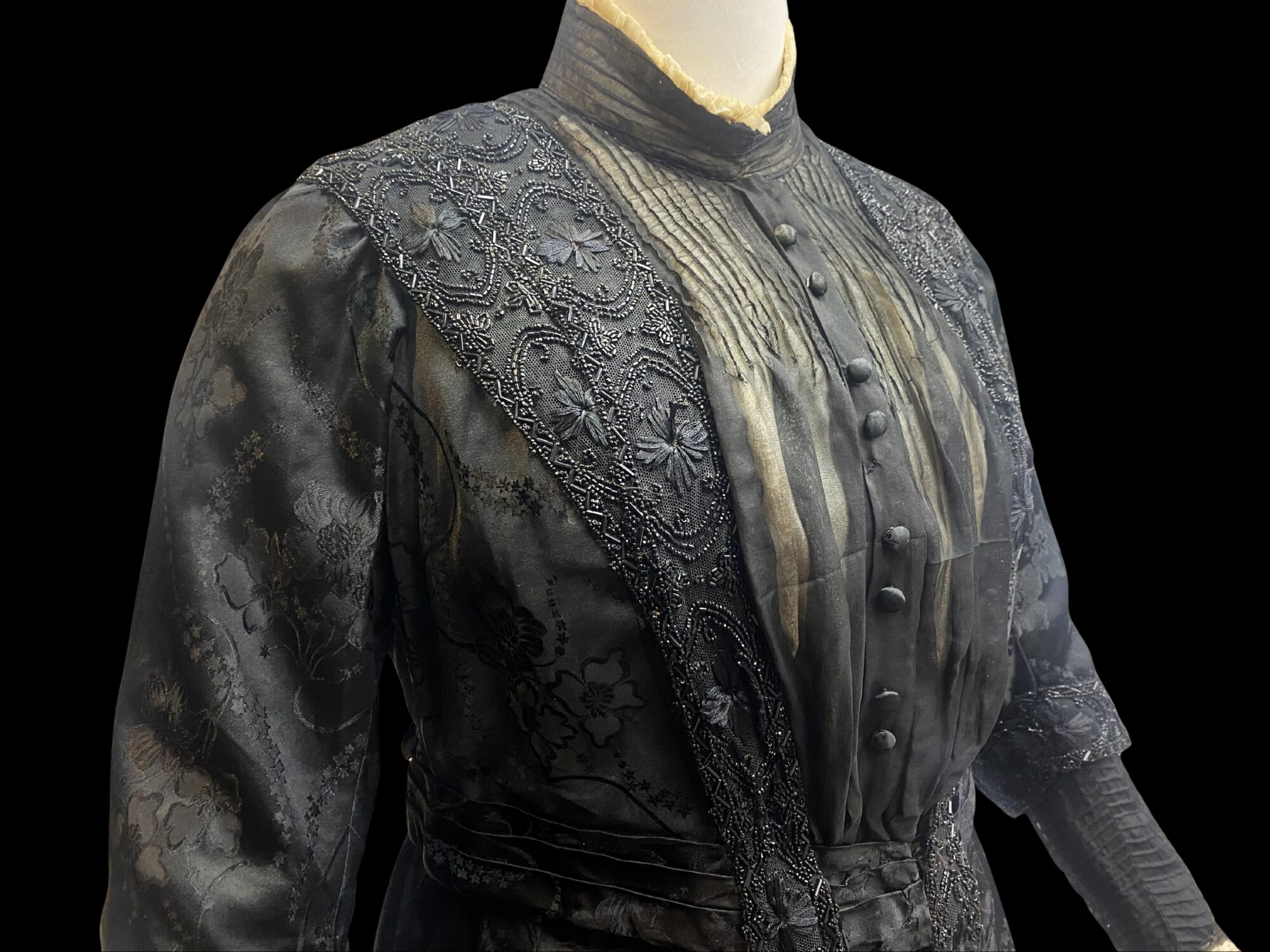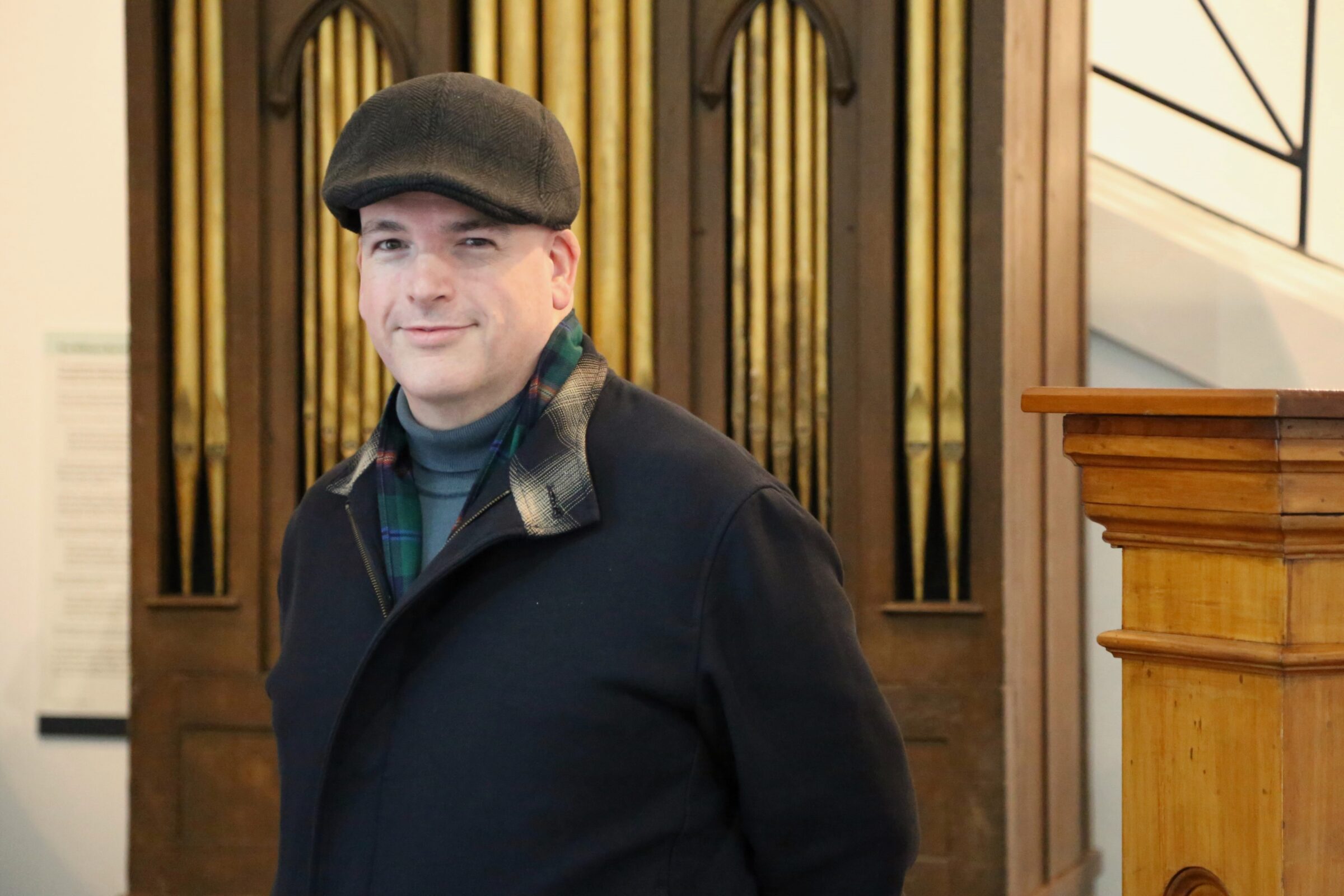Collection Stories
“There is a taniwhā in my river. People say it’s a log, but I know it’s a taniwha.“ These are the opening words in Robyn Kahukiwa’s children’s book Taniwhā.
The book was first published in 1986 and I was given a copy for Christmas that year. I loved it. I wanted my own flying, swimming, gift-giving, and talking taniwhā.
Revisiting the book which is currently for sale in the Whanganui Regional Museum Shop, I was reminded of being a child back in the 1980s when seatbelts weren’t a priority. My sister and I would tumble around in the back seat of the Valiant. Inevitably one of us would roll into the other and a fight would erupt.
“Look there’s a taniwha,” my mother would yell and the fighting would instantly stop as we searched for it.
“Where, where?” We would ask. “Well,” my mother would say. “If you weren’t so busy fighting, you would have seen it.”
Every time we drove over the bridge, I’d crane my neck, searching for the taniwhā in our awa. I was on the look-out for suspicious logs that were floating up the river towards the mountains rather than drifting down the river into the sea. Forty years later I’m still looking. I haven’t seen one yet…
The kupu (word) taniwhā does not come from the Whanganui rohe (area). Whanganui iwi use the kupu “kaitiaki” for the mythical creatures that guard our waterways.
A kaitiaki is a guardian: a kaitiaki pai is a good guardian; a kaitiaki kino is a dangerous one.
We use the word taniwhā when we speak about Tutaeporoporo as he hails from Rangitāne, not Whanganui. Tutaeporoporo was so terrifying that in 1975 he was carved into the wharepuni (meeting house) at Pūtiki marae. Some Māori believe that once you’ve been carved you can never come back.
The sand dunes at South Beach are considered a tapu (restricted) area because it was said that Tutaeporoporo’s bones washed up and settled there after he was killed. The sand dunes are a very old human urupā (burial ground).
Back in the old days, parents used the threat of taniwhā to keep their children safe. “Don’t swim at Mosquito Point because there is a taniwhā there” was a warning that actually meant “There is a dangerous undercurrent at Mosquito Point. Don’t swim there, it’s not safe.”
There is also kōrero (talk) about the tail of a taniwhā or kaitiaki: never build a settlement where the tail reaches when it’s lashing back and forth. The tail of the taniwhā tells us how far the water will rise during floods.
The last time a kaitiaki was seen on the awa was in 2015 during a wānanga (educational gathering) about taonga puoro (Māori musical instruments) at Pūtiki marae. It had been raining consistently for two days. While standing on the riverbank and playing their koauau (flutes), attendees saw a taniwhā leaping out of the water by the Cobham Bridge. People tried to photograph it but of course the cameras wouldn’t work. The taniwhā was warning the people that the water was coming, and they escaped the marae just in time.
“There’s a taniwhā in my river. People say it’s a log, but I know it’s a taniwhā.”
At the time of writing, Lisa Ruaka Reweti was Kaihāpai Kaupapa/Programmes Presenter. Written with assistance from Waiora Bailey-Moore, Kaiwhakaako Māori/Educator Māori at Whanganui Regional Museum. This article was first published in Whanganui Midweek, September 2023.
Image: Waiora and Lisa with the book Tāniwha. The tale of the tāniwha or kaitiaki is a popular option from the programmes offered by museum educators, using a puppet to help tell the story.
Photographed by Karen Hughes, 2023


